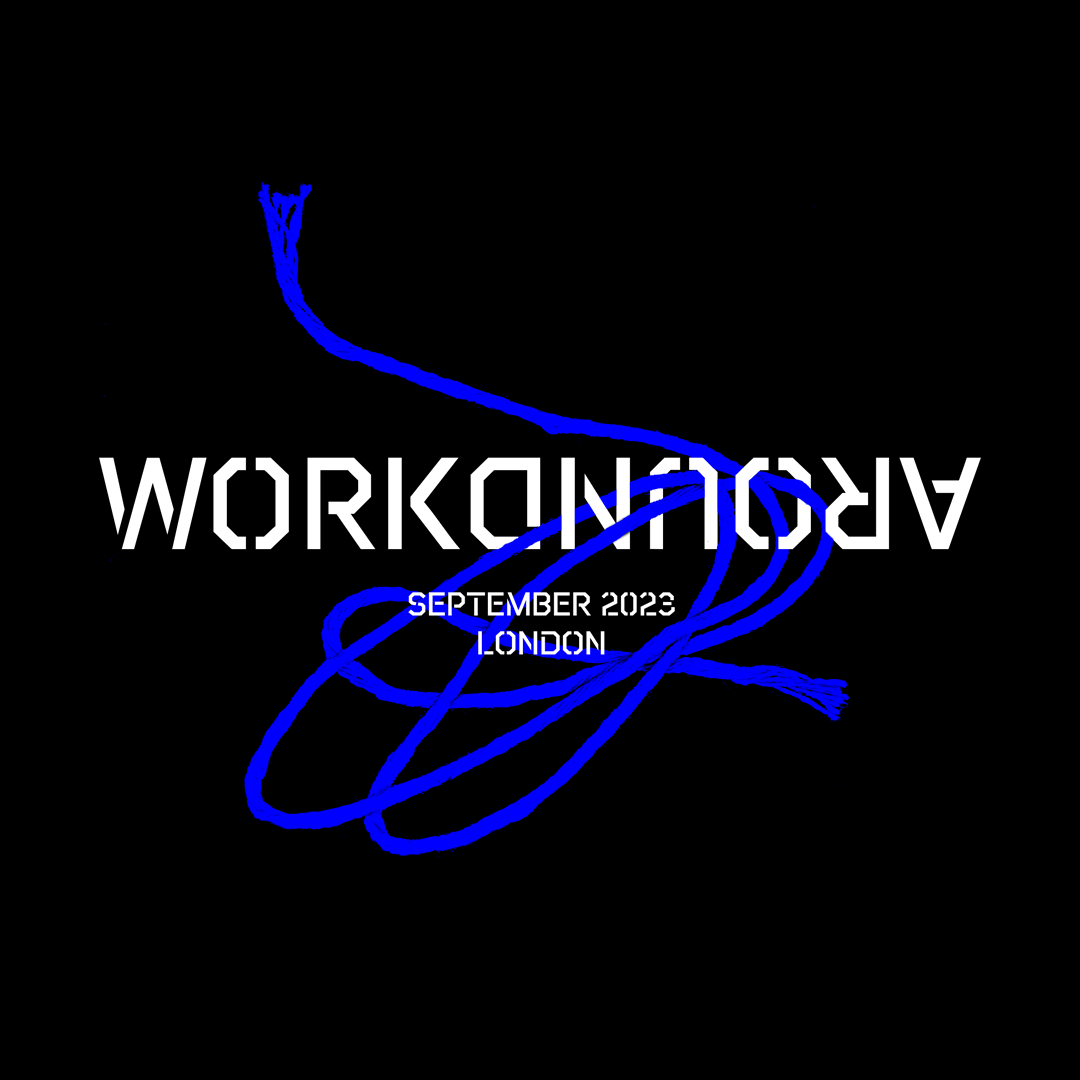WorkAround
London, UK – September 17-23, 2023

A workaround is a creative improvisation to get to a desired result, usually when there’s something in the way. The obstacle could be a technical fault, a policy or an interface designed to exclude you (deliberately or not). The workaround, often developed over time, in collusion with others who are encountering the same obstacle, is usually unofficial, illegitimate, or even prohibited. Who says workarounds are not permitted? Policymakers, gatekeepers, manufacturers, engineers, and — let’s be honest — designers. But those who come up with workarounds are also designers, sometimes canny, ingenious people with inky or oily fingers, their eyes on the changing conditions of the situation at hand. The workaround is an improvisation because it’s not developed from afar, in a theoretical or abstracted situation: the workaround comes from the frontlines of the problem, where the rubber meets the road, the ink meets the roller, or where the computer says no.
Usually, the workaround is designed to get past the problem without eliminating it. What does that mean for the problem? If the workaround catches on, it eventually comes to the attention of the system’s designers, policymakers, manufacturers, gatekeepers, and the problem is sometimes addressed. But could this process be accelerated by celebrating the workaround? Could the workaround create spaces of play, invention and kindness? By drawing attention to the creativity in peoples’ improvised solutions, could we close the feedback loop and draw attention to the problem that systems are often designed to produce errors, unfairness and even injustice?